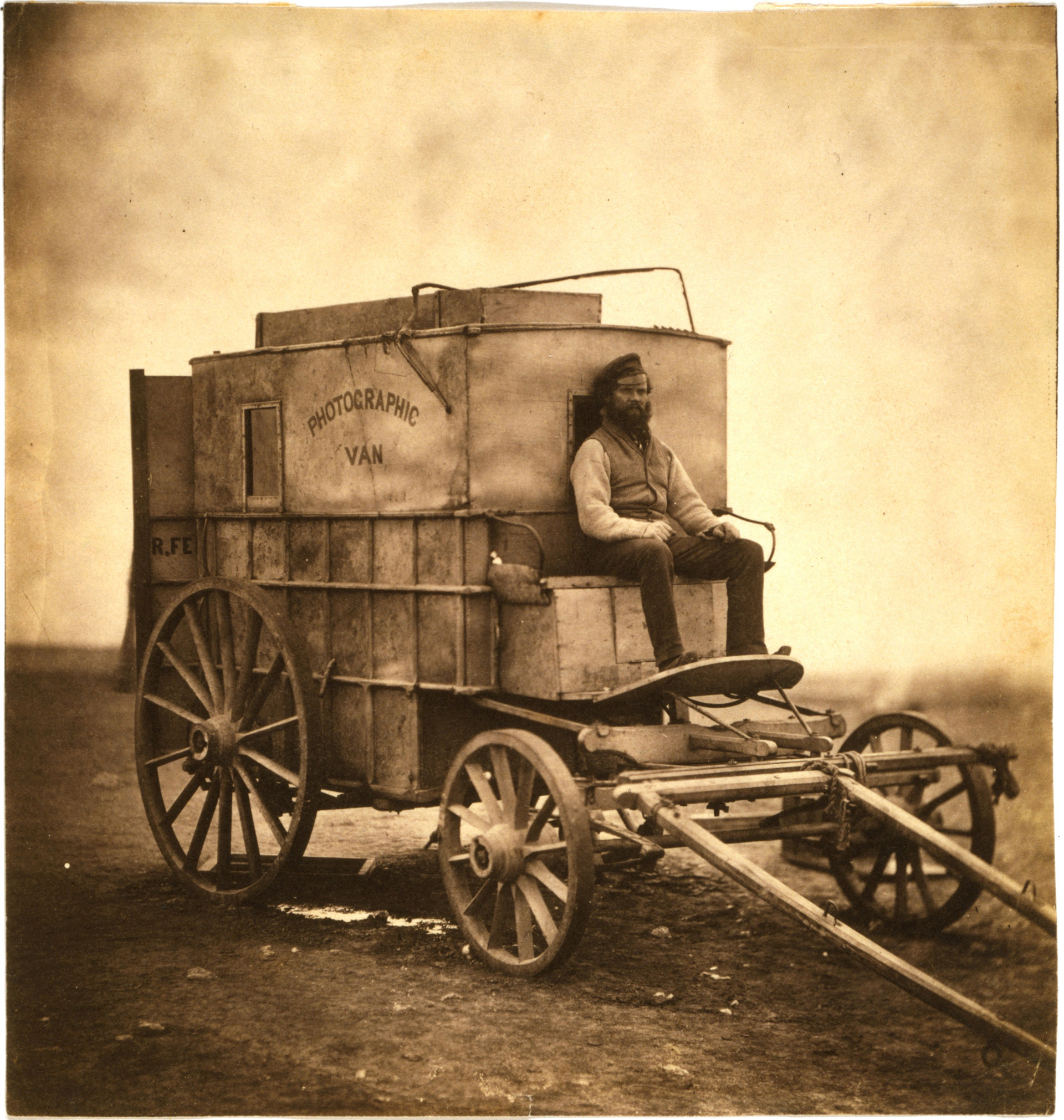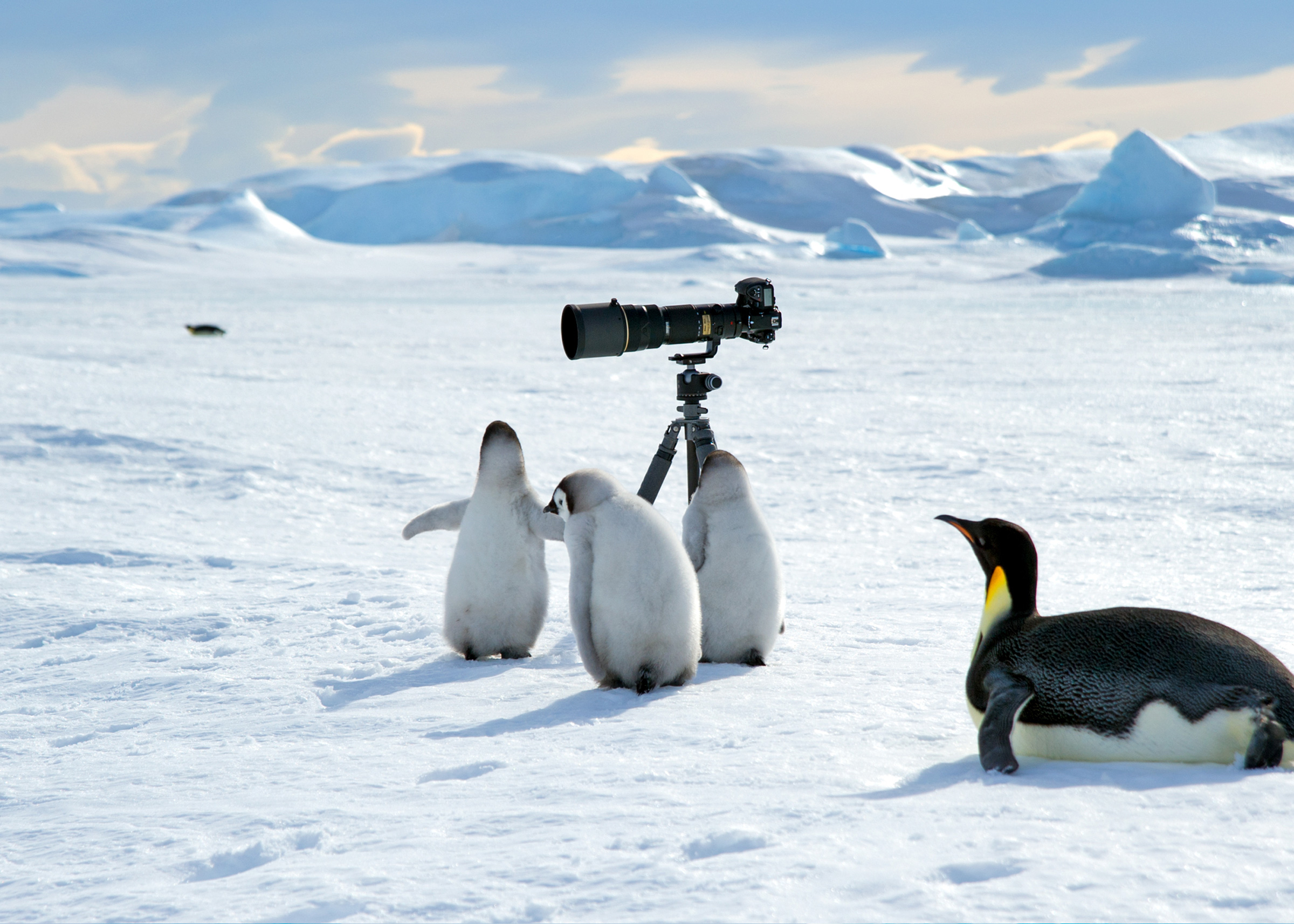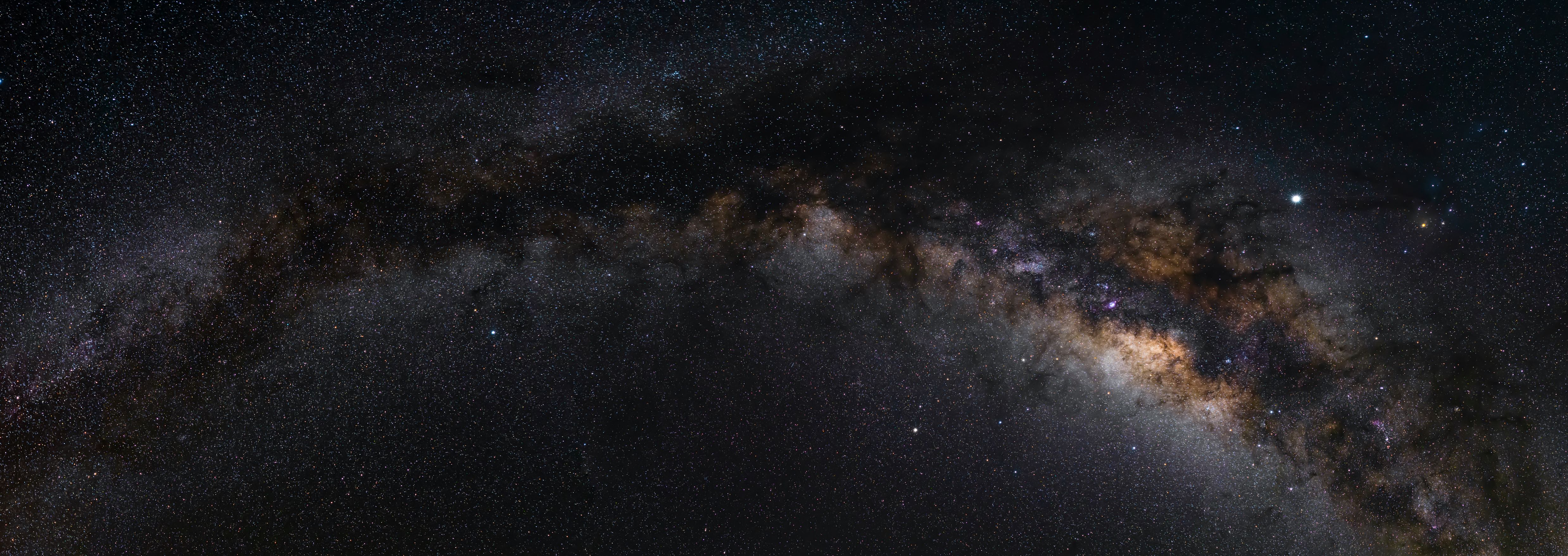myRRSstory: Christine Kenyon

Wildly imaginative and adventurous, Christine could have channeled her creative energy anywhere and found success. And she did. But even as the lead singer in a band and running PR for Fortune 500s, Christine continued to feel a draw out west, back into nature and back to her first love, photography. Picking up a camera at age two, photography wasn’t just a hobby, it was a natural part of her life.
Since Christine went full charge into photography, she’s found her niche in astro and overland photography, winning awards from different publications and accolades from industry giants like Nikon & Adobe. To add more to Christine’s resume, she also runs photography workshops, focused on sharing her knowledge with the next generation of photographers and exploring the wild and beautiful parts of the west.
Christine has been a part of the RRS family for a long time, and we are so excited to share her story and learn a thing or two from her years of experience!

You’ve mentioned that you had a uniquely creative childhood, with your father being the Chief of the Office of Photography for the Smithsonian Institution, can you tell us some of the things that sparked your interest in photography in the early days?
I always looked up to my Dad, and genuinely enjoyed much of what he was into: the outdoors, dogs, sports, and the like. I was given a point and shoot for Christmas when I was two years old, which I of course, don’t remember. However, I do remember shooting black & white film with my Mom’s camera when I was six. My early photos were mainly taken of my friends and our activities, and then of nature, including the neighborhood toads. My Dad would then take me into his darkroom, where I learned to process my own film, and to print my photographs. I was mesmerized by the pure magic of seeing a picture slowly appear from a piece of white paper submerged in liquid. At 12 years old, I joined my Dad’s Washington DC based camera group, The Latent Image Workshop, which had nearly 150 members in its heyday. I loved the people, and they seemed to really enjoy me, the only kid in the group. By age 14, I was entering and placing in local, national and International photographic competitions, in the adult division. A photography magazine featured me at age 14, since I was so young, and so successful, but to be honest, I thought it was a little pretentious, and didn’t take myself that seriously. In my teens, I participated in large gallery exhibits, including the Capitol Building Rotunda, and World Trade Center, Baltimore.
Before becoming a full-time photographer, you were a lead singer in a band and ran PR for Fortune 500s, how did you find your way back to photography?
It’s true to say that I always enjoyed photography, and loved capturing life around me. My first paid jobs were for my DC PR firm, that sent me up to Capitol Hill for cocktail parties and special events, to get some grip-and-grins with politicians, celebrities, and dignitaries. That was eye opening! I also shot portraits for the company directory. But there was really no desire to make photography my profession, since I really wanted to be a rock star, LOL! But what changed everything was a 7,000 mile trip from Maryland to the Rockies, with my two dogs, in 2004. The trip was a month long, and I was able to do my PR work from the road, on my laptop. When I returned, I was deeply inspired to move out west, and did so in 2007, and started criss-crossing Utah, and adjacent states at every opportunity. By 2014, it was clear that I needed to overhaul my camera gear to get higher quality images, and the latest offerings from Nikon were quite exciting. So I emptied my wallet on a D810, and the holy trinity of lenses, which made a noticeably positive impact on my work. In 2016, I shot my first Milky Way nightscape composition in the Utah desert, with my Black Labrador retriever Tuffy, but it took me nearly a year to figure out how to edit the shot to my liking, since I was no Photoshop guru. So over the Fourth of July weekend of 2017, “Stargazer” became my first post on Instagram, and it went viral. From that point in my journey, I was hooked on Milky Way nightscape photography, and desired to share my knowledge of, and passion for, photography with others.

Do you think your eclectic background affected your creative eye? Can you share a little bit about your creative process?
Absolutely. If my iTunes library was a Rorschach Test, well, it would probably pronounce me unstable, LOL! I am eclectic across the board, and I am also not formally trained in any of my creative pursuits, so this combo of being eclectic and unschooled gives me freedom to experiment, play and explore, without the shackles of rules and orthodoxy. The cornerstone of my creative process is taken directly form something my Dad emphasized: “Many look, but few see.” So it is vital that I am keenly aware of my surroundings, in order to harvest from it compelling compositions. For many genres, including landscape, photographers are handed a preexisting scene, one that must be explored and discovered by moving within it, in order to find or eliminate the elements that create the most captivating composition. While a painter moves his brush, we must move our feet, changing our position within our given scene, eliminating distractions, and distilling down to the most compelling image possible. As a landscape and nightscape photographer, I walk within my art, and am encompassed by it.
Throughout your career, you’ve been featured by many different magazines and brands, what have been some of your favorite accomplishments?
My most meaningful accomplishment is that people I do not know, from places I have never visited, have appreciated my photography, and taken the time to like or comment or email me to express their feelings, and then those who have chosen to join me on my workshops. There is nothing more rewarding than receiving the gift of appreciation and trust. Also, incredibly meaningful was my first gallery exhibit in Salt Lake City, that I dedicated to my Dad, and sold a third of my show– a gallery record. The Salt Lake Tribune sent a reporter to the opening to cover the announcement of my nonprofit Save a Star Foundation (SAS), and the story ran on the front page of the paper. A year later, Really Right Stuff became our partner for the first international SAS photo competition, ASTRO21, which was a huge success. Adobe featuring me for Lightroom has been a wonderful opportunity, and I am still featured on the home page of Lightroom some three years after the initial project, which is amazing! I am keenly aware that photography, and the digital universe, which includes social media, contains billions of images, from millions of creators, and for me to have had so many wonderful opportunities is humbling and a blessing.

You specialize in landscape and astrophotography, can you tell us why and how you chose that niche?
I LOVE nature, and all that is in it! I recharge my batteries, melt away stress, and experience the most joy from my time spent in the great outdoors. Hiking with my dogs, camping in the mountains, seeing the sun welcome a new day, or catching a glimpse of a shooting star over the desert, is a deeply spiritual experience, since I believe that I am sharing in God’s creation, and it’s magnificent! As for Milky Way nightscapes, I saw an IG post back in early 2016 that piqued my curiosity, and I wondered if I could pull it off, all the while thinking I probably wouldn’t enjoy being up all night tripping around in the dark, being eaten by bugs, while composing images I can’t actually see. Turned out I loved it! Who knew! Most of my trips are solo, and I come prepared and stay aware, but feel comfortable, and at home in the starry vastness stretching out over a western landscape.
Can you share one of your favorite photography trips over the years, what made it so special?
As a teenager, my first trips out west with my Dad’s Wilderness Workshops in Photography were pivotal, and left an indelible impression on me, with so many memories that I still carry with me on almost every journey I take. I also cherish my 2004, 7,000 mile road trip adventure with my dogs, since it was my first time back to the Rockies on a road trip since my Dad’s workshops, and I was reliving so many memories while I journeyed with my delightful Labs. These trips are treasures!

How do you prepare for a photography trip and what role do the camera settings and equipment play in your prep? Can you give us an example?
For one, I have a checklist so that I don’t forget the camera or the tooth paste . . . And as there are more demands on my time, I find that I am planning out my trips with greater intention, while always leaving room for flexibility and improv. Since most of my trips take advantage of both day and night photography, I find PhotoPills, Google Earth, GAIA, and other resources indispensable for my initial planning, and I have a comprehensive list of places I want to visit from which to draw. Camera gear is selected based on what I hope to accomplish, and what I may encounter. So, if I am visiting Yellowstone N.P. with the goal of shooting the Milky Way over a geyser, I will pack my astro gear, while also packing my 400mm zoom, on another body, for any wildlife opportunities I may discover. The best camera settings are the ones that get the shot. And knowing how to get there, is first: know your camera, and know its menu . . . I mean REALLY know your camera, and how to access what you need, both in the daylight and at night. Customize your camera/lens function buttons, customize the display menus for easy access to commonly used features. Bottom line, you’re guaranteed to have a bad day by not knowing how to change the settings on your camera for the photographic opportunity right in front of you, especially if the scene is evolving
Can you break down your current photography gear setup? What’s in your bag?
There are three scenarios for what’s in my bag. There is the astro bag, the landscape bag, and the anything goes bag. Since I don’t want to haul the weight of a full pack (if I don’t have to), I pack for purpose. In my astro bag you will likely find: Star Adventurer tracker; Nikon Z6II and/or my Nikon Zf bodies; 20mm f/1.8 Nikkor, 16mm f/1.8 Viltrox lenses; one or two tripods, including the RRS TVC-24L, w/leveling base, and quick release base to hot swap my BH-40 ball head for my tracker. If I am shooting a timelapse, I also pack my Manfrotto 190CXPRO4 travel tripod. For my landscape bag, you will likely find: Nikon Z6II or Nikon Zf bodies; 14-24mm f/2.8 zoom, 24-70mm or 80-400mm zoom (location dependent), RRS TVC-24L, w/leveling base, and BH-40 head. My anything goes bag includes: Nikon Zf; 24-70mm or 80-400mm zoom (location dependent), RRS TVC-24L, w/leveling base, and BH-40 head.

How did you get introduced to RRS products?
When I was upgrading my gear in 2016, I heavily researched everything, and when it came to tripods, it came down to two choices: Gitzo and RRS. I already had an old, heavy, solid Bogen (Manfrotto), that was too heavy to lug around, and I couldn’t stand the RC2 mount, so between Gitzo and RRS, I found more positive information about RRS, and appreciated that it was American made.
From there, you were a part of our Champion’s program many years ago, what was one of your favorite experiences being a part of the RRS team?
The amazing tour of the RRS Utah facility led personally by Joe Sr., and the lunch that followed with the family was wonderful. Getting a greater understanding of the whole operation, from product concept, to CAD, to quality production, is remarkable. I also appreciated their interest in the RRS gear I already owned, helping me to accessorize my kit for greater flexibility.
Now you teach workshops in some of the most beautiful places in the West, what inspired you to start your workshops?
Simply the desire to share my passion and knowledge of nature and photography with anyone who joins me, and to walk in the footsteps of my Dad, after seeing the life changing influence he had on his student’s lives. To share the beauty of the west, and that of the amazing dark skies that stretch from horizon to horizon, with people who have never seen either, is a joy and a privilege.
In your experience as a teacher, what are some common gear challenges you see with beginner photographers?
The most common challenge is seeing people place their emphasis on the gear. Having the latest and greatest, but lacking the intimate familiarity with the gear they own. Even more importantly, lacking a fundamental understanding of photography, such as the relationship within the exposure triangle, and how different photographic genres, and various environmental factors inform exposure settings. A beginner should focus on learning the building blocks, which can be accomplished with any camera. In fact, beginning your journey with a simplified camera system, with less features, and capabilities, will naturally place the emphasis more on photography basics. Who cares if you have over 100 focus points, and eye tracking, when you can’t expose the image properly, or choose the correct shutter speed to capture a sharp image. Priorities first.
What advice would you give anyone who’s trying to level up their photography skills?
Take more photographs, practice your craft, explore, roam, and approach each scene with wonder and delight — Rinse and repeat. For those with intermediate or advanced skills, and who desire to get to the next level, that is where gear can make more of a difference. My order of priorities goes like this: 1. Top quality glass (you’ll thank me), 2. top quality filters (because they cover your top quality glass), 3. rock solid camera support (tripod, head), because what’s the point of a tripod if it’s unstable (I am already good at that without a tripod). 4. A supportive and comfortable pack to lug all of this paraphernalia around, because if you ache after the journey, you’re less likely to wander.



